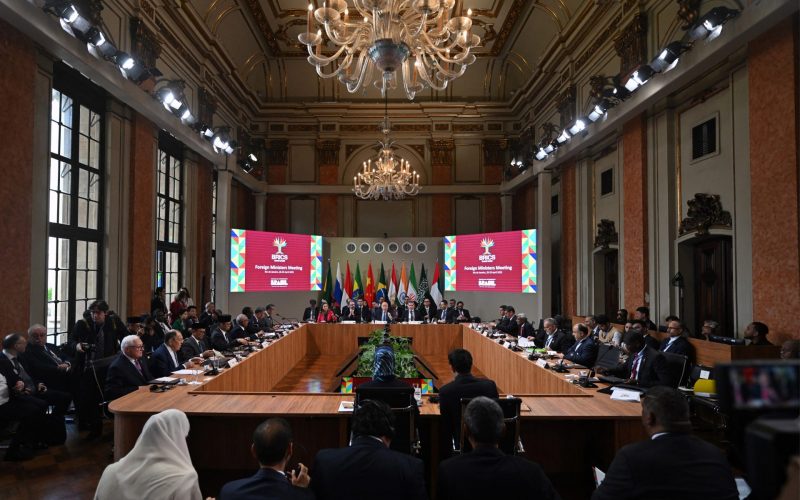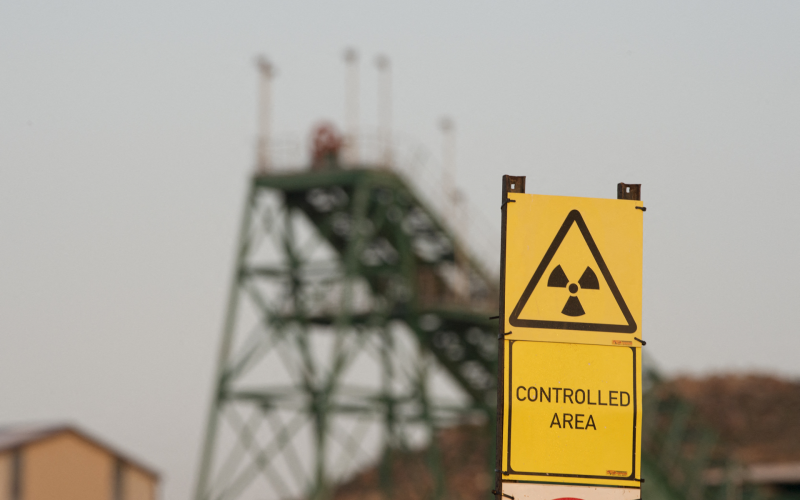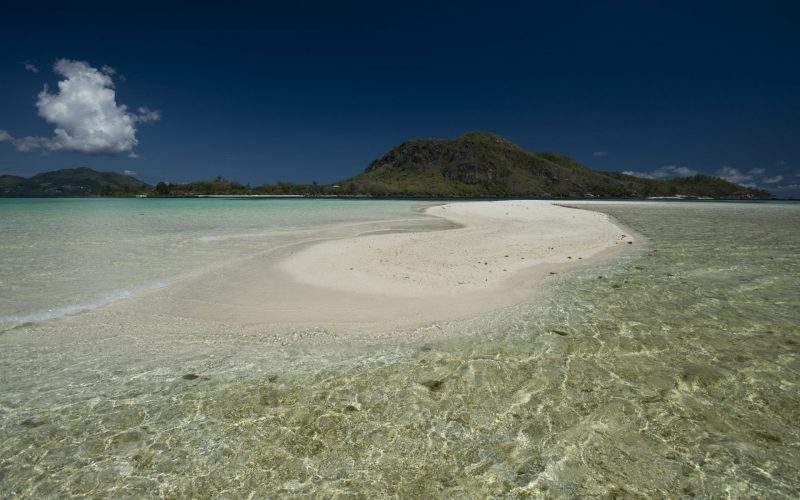Taking stock of the state of the natural environment is increasingly important in the current global landscape. Humanity has witnessed unprecedented growth and prosperity in the past decades. In tandem, unsustainable patterns of consumption and production have led to environmental pollution, biodiversity loss and natural resource depletion.
The mismanagement of important natural assets will undermine long-term human development. Poverty eradication is therefore intrinsically linked to protecting and managing the natural resource base for economic and social development – an essential requirement for sustainable development. In order to achieve an equitable balance among the economic, social and environmental needs of present and future generations, it is necessary to promote development in harmony with nature and increased conservation.
Protected Areas (PA) are iconic places of exceptional natural value that safeguard the world’s most threatened species and protect essential ecosystem services and biological resources. These designated conservation areas are important tools used to protect, restore and promote the sustainable use of marine, coastal and terrestrial ecosystems. This in turn provides multiple benefits that contribute to local economic development, climate stability and human well-being. Africa is home to many well-known PAs, some of which have been proclaimed UNESCO World Heritage (WH) sites for their international ecological significance.
Read an engaging paper on this topic published last month, ‘Safeguarding Africa’s Natural Heritage: The Case of Mining in Protected Areas.’ A briefing paper published earlier this year is also available, ‘Increasing the Economic Value and Contribution of Protected Areas in Africa.’
National parks, nature reserves, wilderness management areas and community conservation areas can be highly protected sites with strictly limited access. Some PAs have less restrictive management approaches, allowing for zoning and limited sustainable resource extraction. These PA types inform conservation objectives. They can help clarify land tenure decisions and also guide appropriate levels of human use activities. They also provide guidelines to regulate intrusive activities, for example, demanding strict operational criteria and rigorous environmental and social impact appraisals as a precondition for development. WH status is a global benchmark that ensures the highest level of protection and restricts intrusive activities. WH sites are considered ‘no-go’ zones for mining. Other PA networks also have enhanced legal statuses, including wetlands recognised for their importance under the Ramsar Convention and biosphere reserves listed under UNESCO’s Man and Biosphere Programme.
However, despite their importance, PAs and WH sites continue to be degraded and many struggle to achieve their conservation objectives. The International Union for Conservation of Nature’s (IUCN) World Heritage Outlook 2014 show that poaching is currently the most serious threat to natural WH sites in Africa, while the most significant potential threats are mining, oil and gas exploration and exploitation and dams, followed by road construction.
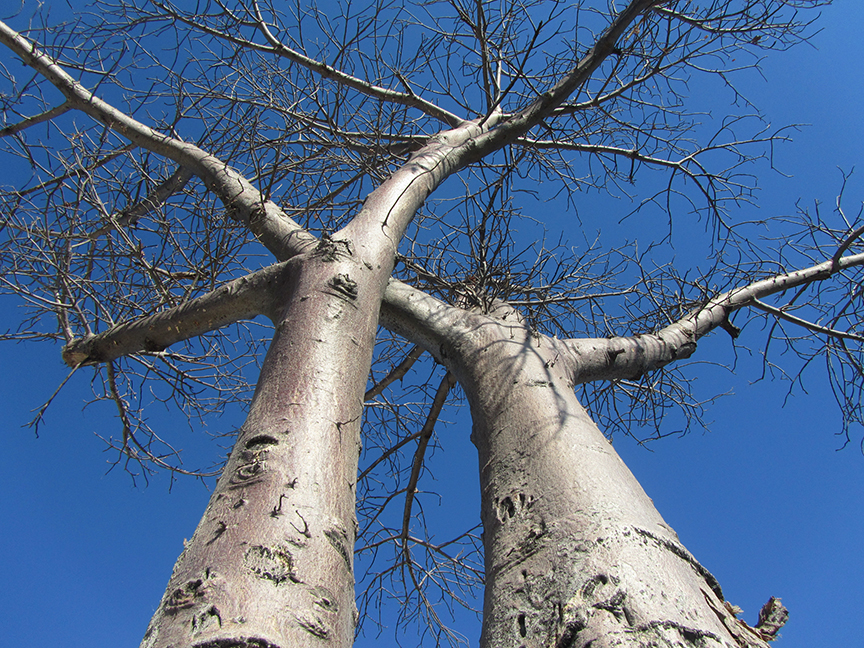
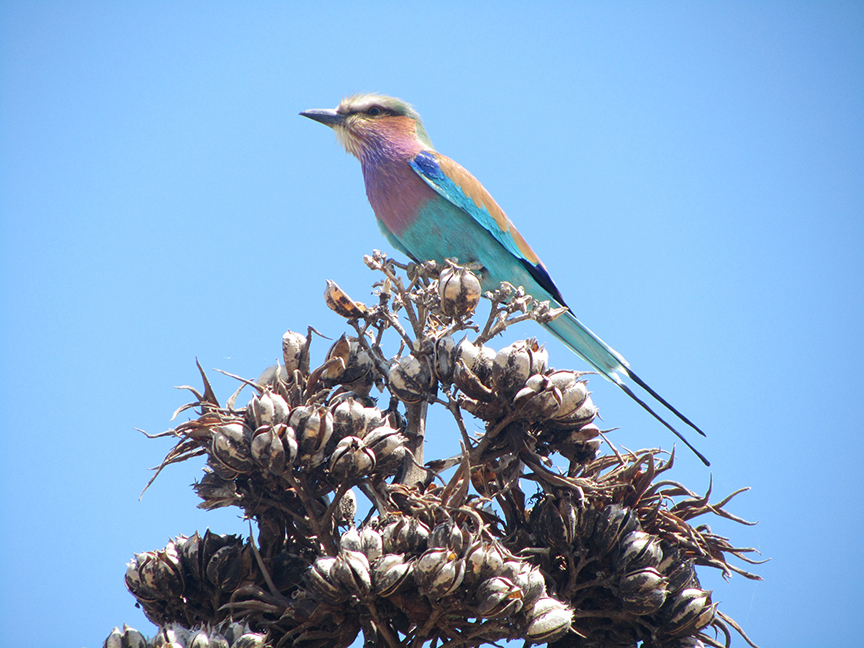
Baobab trees and lilac breasted roller, examples of flora and fauna safeguarded in Protected Areas. All photos © Romy Chevallier/SAIIA
It is important that policymakers proactively work to reduce these conservation challenges – reconciling development choices with the need to ensure a more balanced and environmentally sustainable outcome. As such, PA management and important buffer areas must be incorporated into the continent’s poverty reduction plans.
It is also imperative that all stakeholders, operating in and around PAs, uphold these conservation guidelines and that legislation is fully implemented by national management authorities and private companies. In conjunction with better management, the success of PAs lies in how they support the social development objectives of communities in the vicinity. Further mechanisms are needed to increase PA integration, community co-ownership and management, as well as compensation schemes for conservation and protection.






